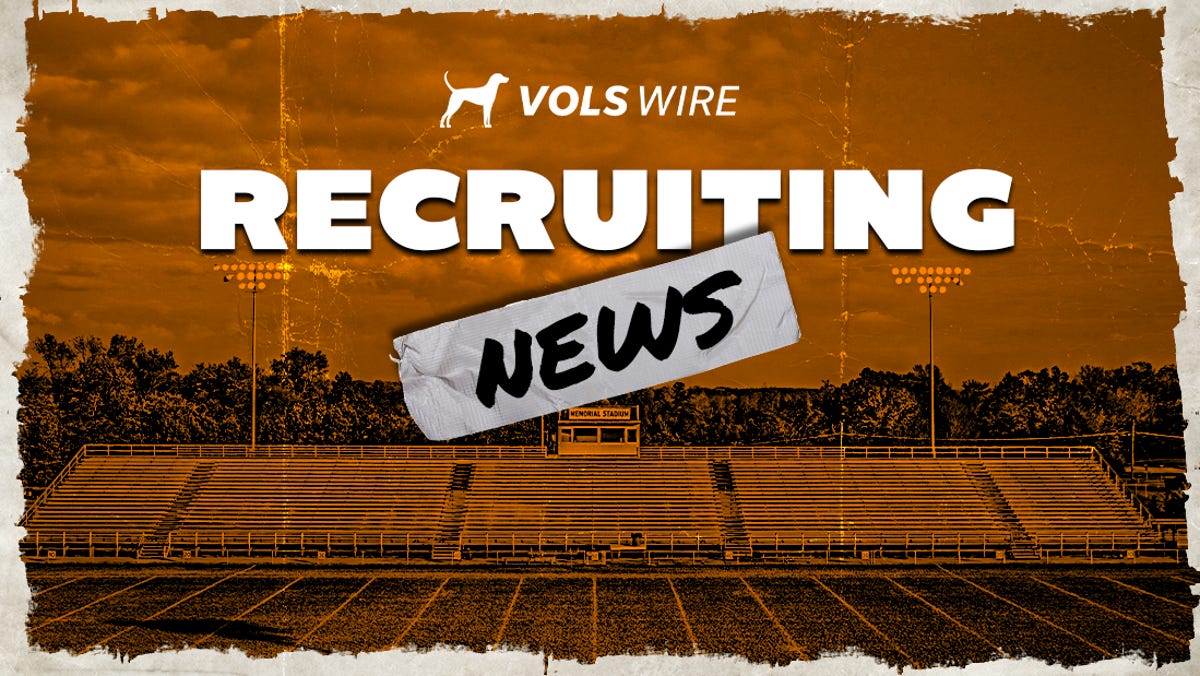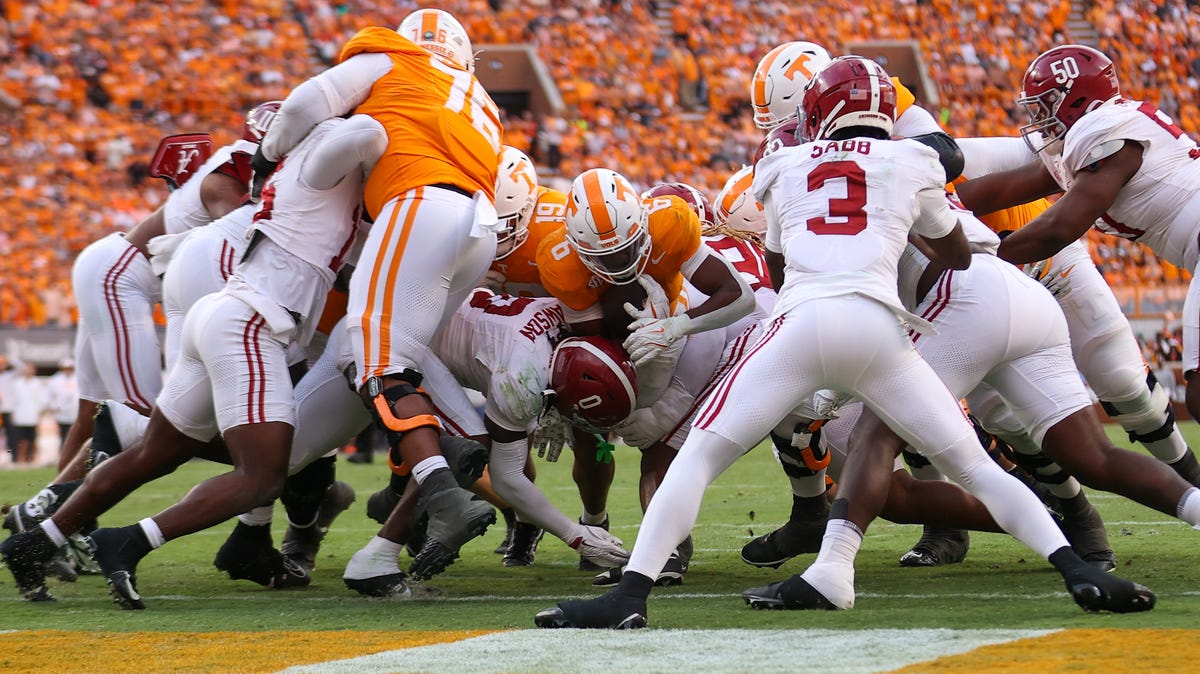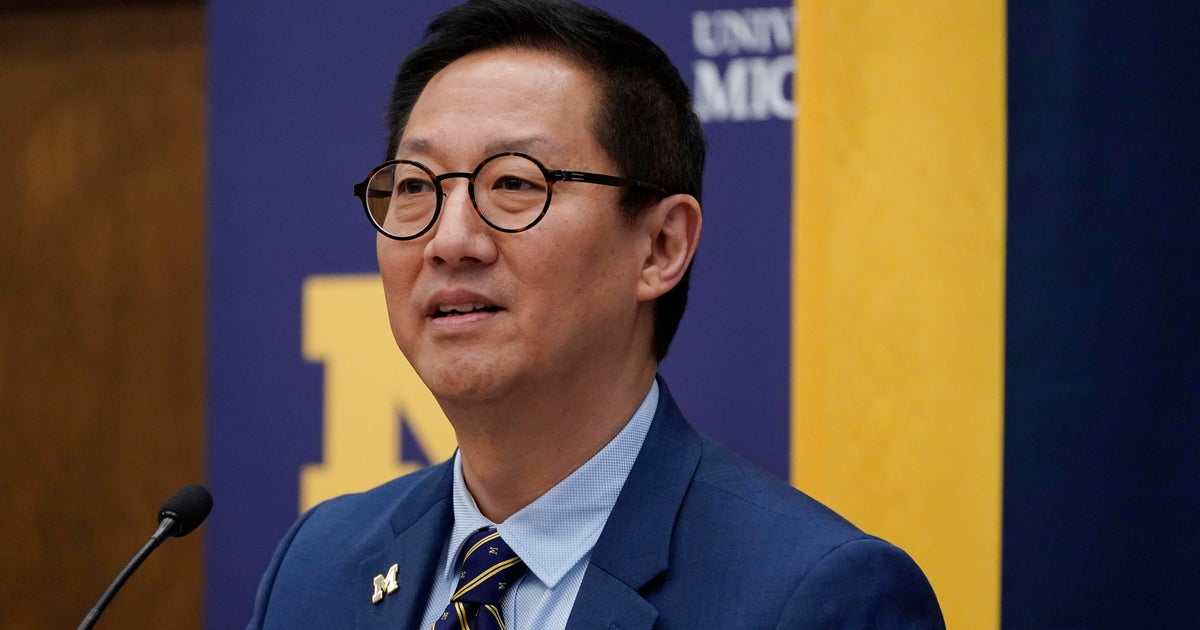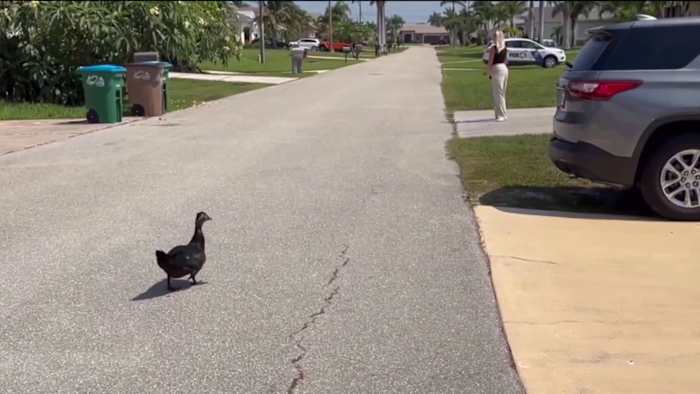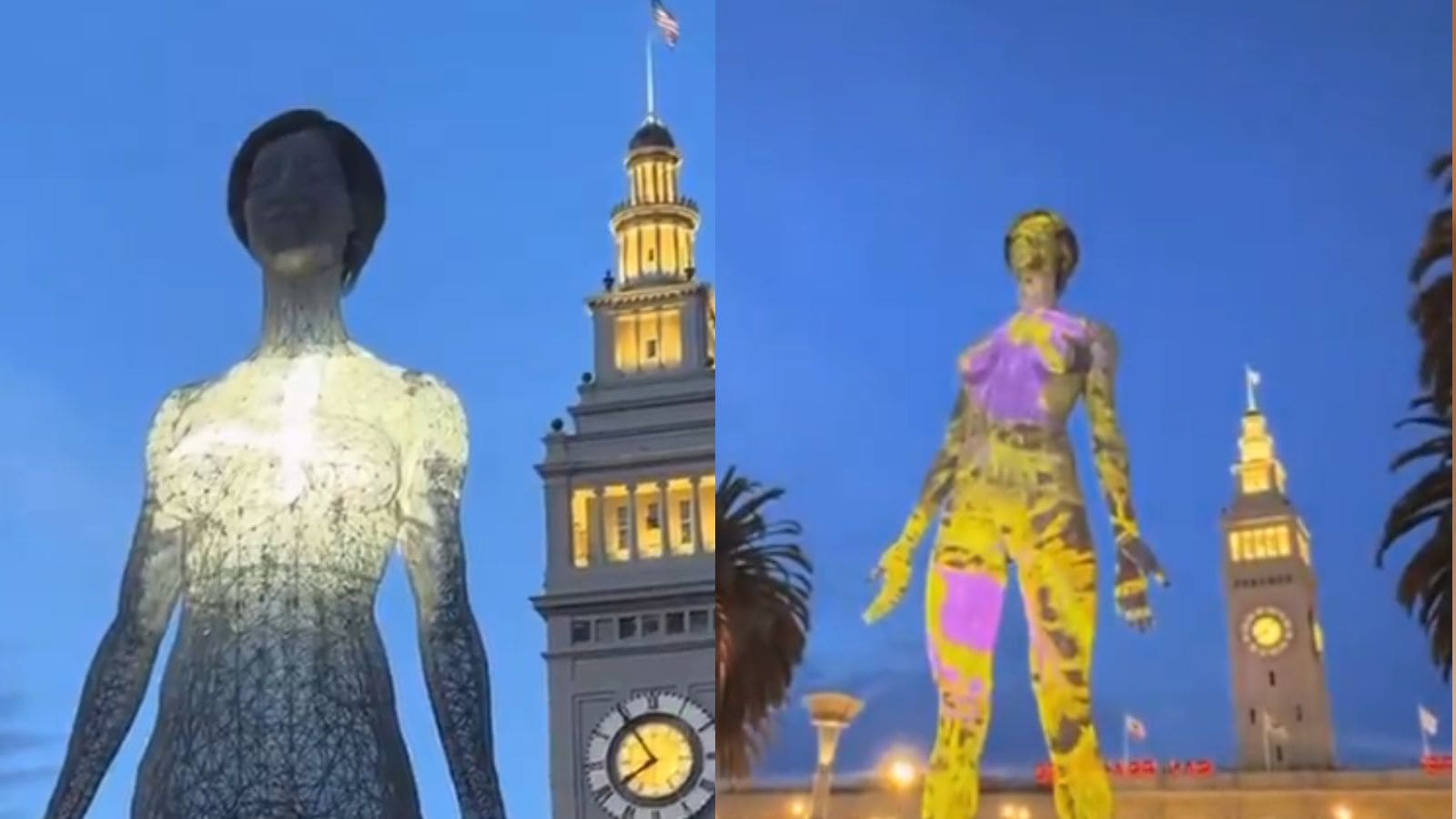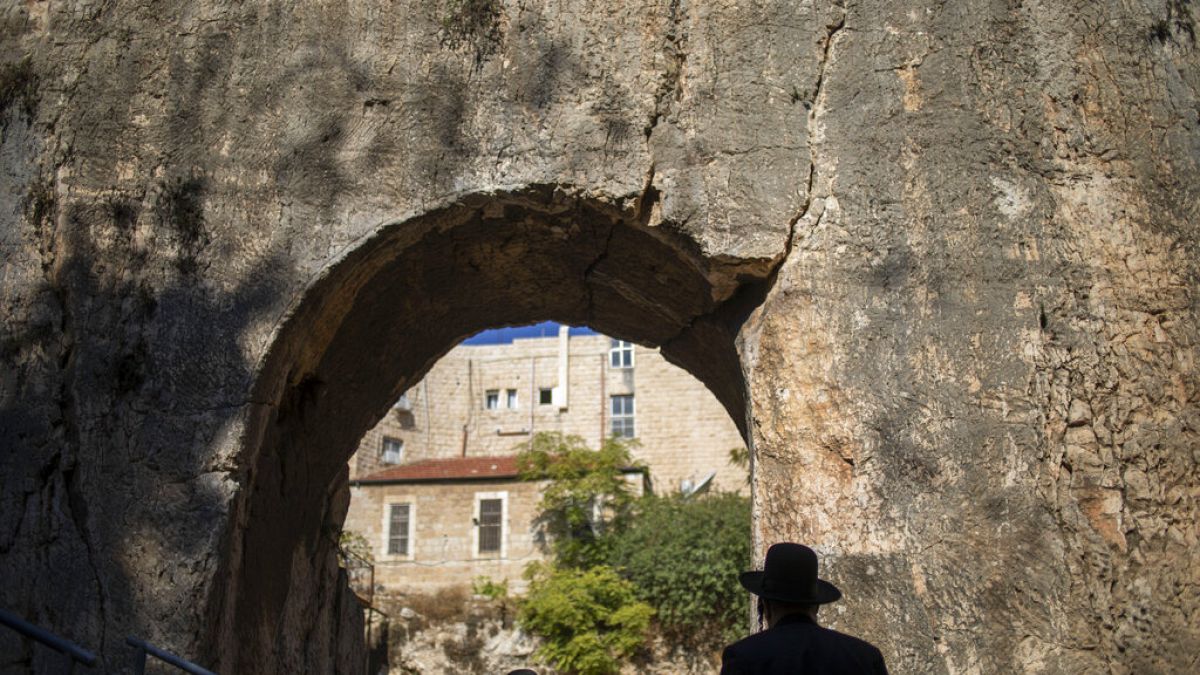Florida
“This is not an isolated story”: Forgotten Black cemeteries uncovered in Florida | 60 Minutes

No one can say when human remains began surfacing in Clearwater, Florida. There was the pipeline crew that churned up bones in a trench. Later, remains of the dead were found at an elementary school, a swimming pool, and an office building. It seemed like something of a curse for what had been done in the name of progress-and greed-in the old segregated south. As we first reported last fall, the truth of what happened in the ’40s and ’50s was meant to stay buried, but in a neighborhood called Clearwater Heights, residents with long memories recognized a grave injustice.
In the first half of the 20th century, Clearwater Heights was a Black neighborhood — thriving, proud and anchored by faith.
Eleanor Breland: Friendship Missionary Baptist Church, Bethany C.M.E., and New Zion Missionary Baptist Church were all located on the Heights.
And so is St. Matthews Baptist, where we heard stories of childhood in the Heights, including those of Diane Stephens and Eleanor Breland.
Eleanor Breland: They had businesses, barber shops. There were hairdressers over there. There was a cab company. It only had one cab, but it was still a cab company.
Diane Stephens: Right there on Greenwood they had different places where even Ray Charles performed there. Also, James Brown performed up there.
But even the famous could not stay in a White Clearwater hotel, or walk on the beach or swim in the bay. Segregation bound their lives and exiled even their memory to segregated graveyards.
Scott Pelley: How many of you believe you have ancestors in one of these cemeteries? About half of you.
The segregated cemeteries of Clearwater were sacred ground until the ground became valuable. In the 1950s, headlines announced that the city of Clearwater made a deal on moving a “Negro” cemetery. Hundreds of African American bodies were to be reburied to make way for a swimming pool. A department store was planned for the site of another Black cemetery, where again, the bodies were to be moved. But O’Neal Larkin remembers, many years later, his first revelation that something was terribly wrong.
O’Neal Larkin: It’s not an imaginary thing that I seen. It’s what I seen with my own eyes.
Larkin, 83-years-old, watched a construction crew, in 1984, dig a trench through the site of a ‘relocated’ Black cemetery.
O’Neal Larkin: But I remember the parking lot where the engineers– traffic engineer was cuttin’ the lines through, and they cut through two coffins. That was my first knowledge of seein’ it because I walked out there, and I seen it myself.
In 2019, the Tampa Bay Times reported many segregated cemeteries in Florida had been, essentially, paved. It was then that the modern city of Clearwater decided to exhume the truth.
Rebecca O’Sullivan: People deserve to be treated with respect. That’s the most important thing.
Rebecca O’Sullivan and Erin McKendry are archeologists for a company called Cardno. Cardno was hired by the city to map the desecration.
Erin McKendry: These individuals were loved. They were family members; they were fathers and mothers. And they were interred with love.
McKendry and O’Sullivan pushed ground penetrating radar over a segregated cemetery where an office site stands today. This overlay shows part of their discovery, 328 likely graves, many, under the parking lot, perhaps a few under the building and more there on the right beneath South Missouri Avenue. 550 graves are in the cemetery’s record, McKendry and O’Sullivan found evidence of 11 having been moved in the 1950s.
Scott Pelley: So there may be hundreds of bodies still at that site?
Rebecca O’Sullivan: It’s possible.
Not far away, the archeologists probed another former cemetery.
Here, in the 1950s, rather than integrate the White community pool, the city said it would move hundreds of bodies to build a Black swimming pool and a Black school.
Scott Pelley: But the bodies weren’t removed?
Erin McKendry: But the bodies were not removed.
Cardno found the proof last year. It excavated just deep enough to confirm what ground-penetrating radar had suggested.
A prayer was said over the site, then they planed the sand and sieved a century of time in search of grave markers or tributes. Inevitably, relics included human remains. Teeth at the office building site and bones at the school, which had closed in 2008 because it was obsolete.
Scott Pelley: Are there grave sites underneath the school?
Erin McKendry: All of the information and the data that we collected does indicate that there are additional burials likely below the footprint of that school building.
Archeologist: I would be very surprised if they didn’t find any bones when they were over there.
O’Neal Larkin: Oh, they had to.
O’Neal Larkin watched the excavation and imagined the groundbreaking at the school construction site in 1961.
O’Neal Larkin: To dig the foundation to put this school upon…they had to hit some form of remains.
It’s likely some families could not afford a tombstone, but the archeologists found graves were marked.
Archeologist: Doesn’t that look like one of those metal plaque things?
Erin McKendry: This is a marker that would’ve been used initially after the burial if a stone was not ready to be placed. And in some cases, this is all that would’ve been used to mark the location of a burial.
Erin McKendry showed us Cardno’s catalogue of evidence.
Scott Pelley: It’s a Mercury dime.
Erin McKendry: It IS a Mercury dime.
A dime, new in ’42, was among many tributes left with the dead.
Erin McKendry: We also found this brass wedding ring at approximately the same location and the same depth as the dime.
The tributes and disturbed human remains were carefully reburied exactly where they were found pending a decision on what to do next.
Scott Pelley: If you could speak to these people who were interred and then lost, what would you tell them?
Antoinette Jackson: I hear you. I’m working. I want to recognize the contributions, the life you lived. I recognize and see your humanity.
Anthropologist Antoinette Jackson leads the African American Burial Ground Project at the University of South Florida. She’s building a database of desecrated cemeteries.
Antoinette Jackson: Not just Clearwater, it’s nationally from New York, all the way out toward Texas, and all the way down to South Florida where these cemeteries had been built over, erased, marginalized, underfunded and need support in order to make them whole and have this history known.
Antoinette Jackson: This is not an isolated story, unfortunately.
So far, Jackson has listed about 107 effaced Black cemeteries nationwide.
Under housing, freeways, and the county-owned parking lot of Tropicana Field, home to baseball’s Tampa Bay Rays.
Antoinette Jackson: What we want to bring forward is the memory, the knowledge that these sites were there, these places, these cemeteries, these families were there, live, died, worked, contributed to our country, to their communities, to our hometowns.
Scott Pelley: Is there evidence of white cemeteries being lost, abandoned, forgotten in the way that these are?
Antoinette Jackson: There are abandoned cemeteries across the board. There are cemeteries that are not only African American cemeteries or Black cemeteries that have been in some way desecrated, but the issue is more acute with Black cemeteries because of issues like slavery, segregation in which this particular community were legally and intentionally considered lesser than or marginalized by law.
Scott Pelley: When a cemetery disappears, what is lost?
Muhammad Abdur-Rahim: Respect.
Muhammad Abdur-Rahim: A great deal of respect because you can no longer visit and bring closure to your own soul.
Barbara Sorey-Love: A cemetery supposed to be your final resting place.
Eleanor Breland: Final.
In Clearwater, they’re debating how to honor those entombed beneath the school, South Missouri Avenue and the property of the FrankCrum Company, which bought its headquarters for its staffing business decades after the cemetery was erased.
Zebbie Atkinson: I’m sure that, when they purchased that property, they didn’t know that there were bodies there.
Zebbie Atkinson is the former head of the Clearwater NAACP.
Scott Pelley: What would you say to someone who might make the argument that that disturbing Missouri Avenue, disturbing the FrankCrum corporation, disturbing the schools, way too much effort at this point in time?
Zebbie Atkinson: I would say that that’s not their call. They have no family buried there.
Atkinson is helping lead the conversation of what to do now among descendants, businesses and the city.
Zebbie Atkinson: Some people want to have the bodies moved to a place where they can properly memorialize them. Some of the descendant community wants to let the people stay where they are. Those are the type of things that need to be worked out.
Scott Pelley: How do you work ’em out?
Zebbie Atkinson: We have to sit and talk about it. I mean there is no easy answer with that.
Whether the failure, in the last century, to move the graves was deceit, incompetence, or indifference — we do not know. But today, Clearwater is spending $291,000 to learn the truth. The city told us it is searching for a compromise that will honor the dead. The FrankCrum Company told us it wants to be part of the community’s solution. Ideas include monuments. But for a few, like O’Neal Larkin, there’s only one route to justice.
O’Neal Larkin: Tear it down.
Scott Pelley: Tear the building down?
O’Neal Larkin: Tear it down. Tear down that building, as far as I’m concerned. Tear the school down. Make it a shrine of memories so that people can go and use it in a proper way of remembering. To treat ’em with more dignity than what this has been treated.
We noticed dignity was treated gently in the White cemeteries of Clearwater. In one, we found a monument to a Confederate soldier. His grave decorated today with a fresh banner of racism. But when this Confederate sacred ground found itself blocking the road to progress, the small cemetery, under trees in the middle, was granted a reverent, circular, detour.
Of those citizens buried in the Black cemeteries of Clearwater, we have images of only these: the Reverend Arthur L. Jackson, the Reverend Joseph Hines and Mack Dixon Sr., who was buried beside his wife, Florence, three children and two grandchildren. We do not know the faces of 500 more who remain forever bound by segregation and lost to the memory of time.
Produced by Nicole Young and Kristin Steve. Broadcast associates, Michelle Karim and Matthew Riley. Edited by Jorge J. García.

Florida
Central Florida congressman shares concerns about FEMA cuts ahead of hurricane season

ORLANDO, Fla. – As hurricane season begins, the Federal Emergency Management Agency could face significant challenges amid budget cuts.
Florida Democratic Congressman Darren Soto expressed his concerns about the potential impact of these changes on the Sunshine State.
“I’m deeply concerned about the attempted changes to FEMA,” Soto said.
[EXCLUSIVE: Become a News 6 Insider (it’s FREE) | PINIT! Share your photos]
According to CBS News, FEMA lost a third of its staff after 1,800 employees accepted buyout offers from the Trump administration. With an additional 200 probationary workers fired, the agency is shorthanded. CBS News also reported on an internal FEMA review that indicated the agency is “not ready” for hurricane season.
“If a hurricane hits and we don’t get individual relief, it means that you’re not going to get any assistance if you need temporary housing or a loan to fix your house while you’re waiting for the insurance company to pay out, which could be years,” Soto explained.
“It means local governments don’t get reimbursed for cleaning up both the roads and the overtime for law enforcement, firefighters, and our first responders.”
While Congress reviews the Trump administration’s proposal to slash FEMA’s budget, some Republicans, including Gov. Ron DeSantis, argue that the agency could be dissolved outright.
“We don’t rely on FEMA. We do it. We lead. We have local partners and the best emergency management team from the local and state level anywhere in the country, bar none,” DeSantis stated in April.
However, Soto disagrees with this perspective.
“It is a boneheaded idea. Look, the states are very good at responding initially, but they don’t have the money to fund the recovery,” he said.
Copyright 2025 by WKMG ClickOrlando – All rights reserved.
Florida
DeSantis signs bill making gold, silver coins legal currency in Florida

TALLAHASSEE, Fla — Governor Ron DeSantis signed a bill into law on Tuesday, stating gold and silver coins can be used as legal currency in the state of Florida.
HB 999 states, “the person who claims the sales tax exemption bears the burden for determining whether the gold or silver coin meets a specified definition.” Retailers can determine if they would like to accept the coins as payment in their establishments.
The bill states that the coins must be minted and stamped to indicate their purity. Purchases of the metals would also be exempt from sales taxes.
HB 999 was first filed in Feb. 2025 and was passed by the Senate in April 2025. The House passed the bill on May 23 before it made its way to the governor’s desk on May 27.
The bill will take effect on July 1, 2026.
“Your heart just explodes”
Katie Richesin said for years, constraints in her Army career held her back from taking the step into motherhood. But the desire to be a mom eventually won over, and when she looked into fostering, her world changed.
Tampa soldier becomes a mom after opening her heart to 3 kids through fostering
Florida
Scientists discover hybrid termite species in Florida
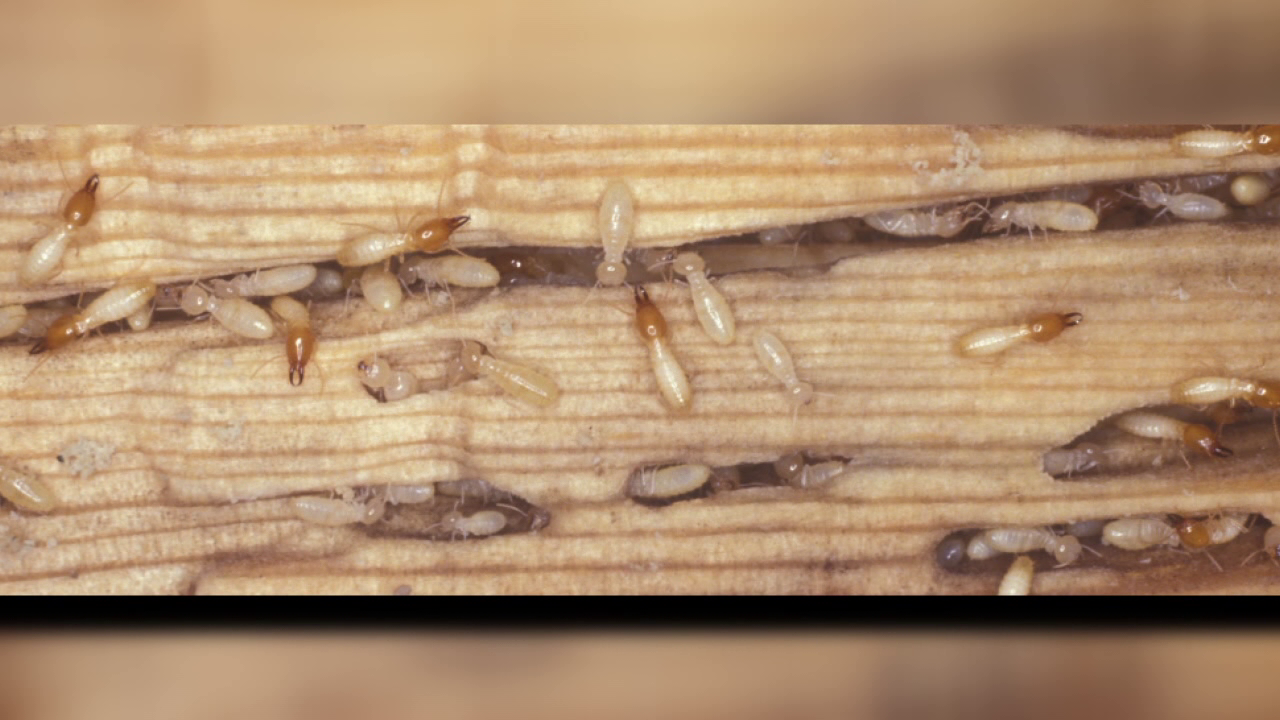
FORT LAUDERDALE, Fla. – University of Florida scientists discovered two different termite species are breeding to create a hybrid termite.
The backstory:
A new University of Florida Institute of Food and Agricultural Sciences study confirms that hybrid termite colonies have been established in South Florida. Researchers told FOX 13 these hybrid termites are the result of Formosan subterranean termites and Asian subterranean termites coexisting and mating with each other.
“This is kind of a crazy story to look into, that the two most destructive termites in the world are hybridizing here in Florida — which is not great news, I’ll be honest with you,” said Thomas Chouvenc, associate professor of urban entomology at the UF/IFAS Fort Lauderdale Research and Education Center and lead author of the study. “It’s going to have evolutionary consequences over the long term.”
Studies to learn more about these hybrid termites – and their potential – are still in the works, he added.
OTHER NEWS: Invest 90-E designated as Tropical Storm Alvin expected to form off Mexico’s coast this week
“It’s not going to be a super termite like some would like to call it, but the reality is, even if it’s a mule, it can still give a good kick, I would argue,” Chouvenc told FOX 13. “So the potential (to cause) damage is probably kind of the same as either the Formosan or the Asian subterranean termite.”
In order to have hybrid termites, both parent termites must live in the same area. This UF/IFAS termite map shows a large presence of both Formosan subterranean termites and Asian subterranean termites in southeast Florida.
What they’re saying:
“We went for genetic analysis, and we confirmed that, yes, these winged termites had half the genes from one species and half the other one. And we have been able to confirm this in 2022, in 2023, 2024, and also this year in April, where we collected these hybrid wing termites,” Chouvenc said. “This tells us that now we have established hybrid colonies in the field in southeast Florida.”
That same UF/IFAS map shows the presence of both termite species in the Bay Area, too.
“We expect that it may just be a matter of time before the hybrid termites between the two is also established in Tampa,” Chouvenc said.
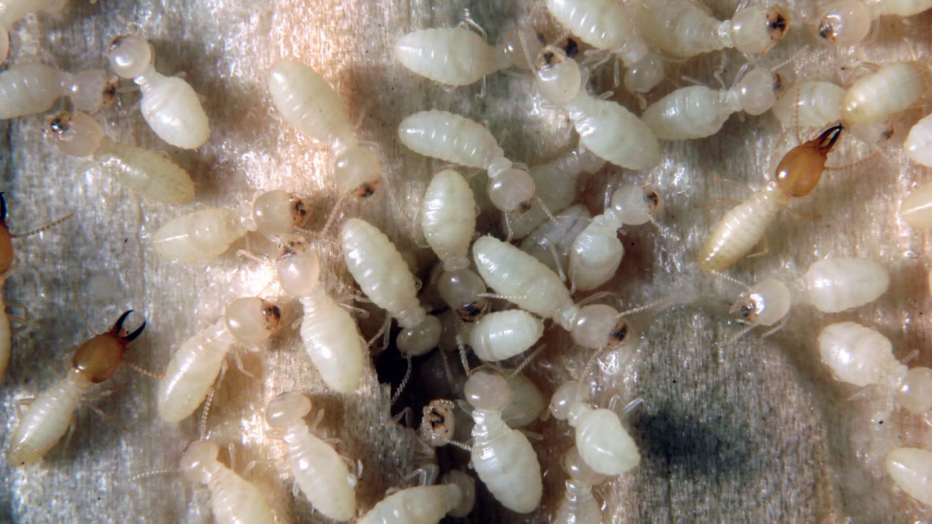
According to the map, Asian subterranean termites have been reported in South Tampa close to MacDill Air Force Base near the water. Chouvenc told FOX 13 he suspects they got there after infecting a boat, because his studies have also shown that water vessels can unknowingly spread these insects.
“It is remarkable how much termites can find a way to survive in these boats as long as there’s sufficient amount of wood and there’s enough moisture,” Chouvenc said. “And if you have a boat, you know there’s going to be moisture on your boat somewhere at some point.”
Both boat, and homeowners are encouraged to always keep an eye out for evidence of termites on their property.
Why you should care:
“The hybridization may not be a problem for us in the short term. It may be kind of a quirky biological story to tell,” Chouvenc told FOX 13. “But the reality is, if we look at the very long term, these populations that have mixed genetic lineages may inherit the good genes from both species.”
“It’s a good time to remind homeowners in Florida that termites are part of our reality,” he added.
The Source: FOX 13 reporter Ariel Plasencia conducted the interview and gathered the information for this story.
STAY CONNECTED WITH FOX 13 TAMPA:
-

 News1 week ago
News1 week agoMaps: 3.8-Magnitude Earthquake Strikes Southern California
-

 Culture1 week ago
Culture1 week agoDo You Know the English Novels That Inspired These Movies and TV Shows?
-

 Education1 week ago
Education1 week agoVideo: Columbia University President Is Booed at Commencement Ceremony
-

 Education1 week ago
Education1 week agoHow Usher Writes a Commencement Speech
-

 Politics1 week ago
Politics1 week agoTrump, alongside first lady, to sign bill criminalizing revenge porn and AI deepfakes
-
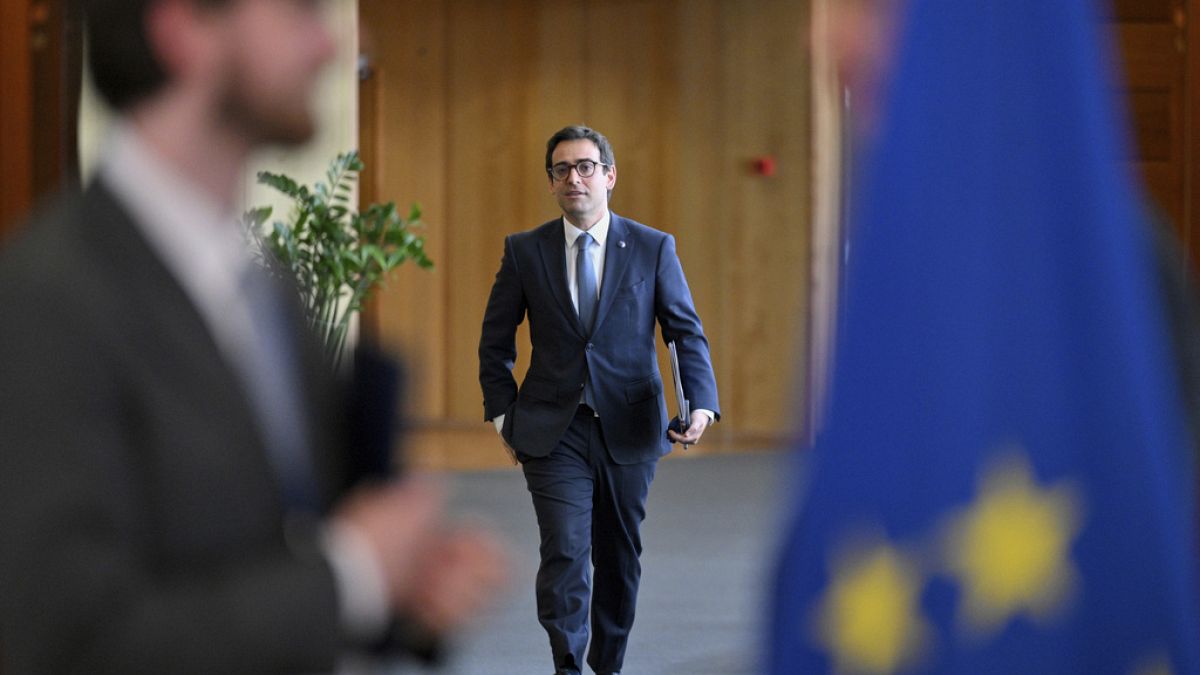
 World1 week ago
World1 week agoDigitisation fronts new Commission strategy to boost EU single market
-

 Politics1 week ago
Politics1 week agoExpert reveals how companies are rebranding 'toxic' DEI policies to skirt Trump-era bans: 'New wrapper'
-

 World1 week ago
World1 week agoEU reaches initial deal to lift economic sanctions on Syria: Reports











